Here in Central Nebraska we have experienced several mid-summer thunderstorms. These hail producing storms have wreaked havoc on crops and forage productivity, particularly in the Broken Bow and Ansley areas. As producers move forward with crop insurance, they will also be scrambling to utilize what is left of their standing row crops and forages. There are three laboratory tests I would recommend to make an informed decision about the remaining forage. Then depending on the results of your laboratory tests, you can determine what your most economical option is.
1. Nitrates
Defoliation due to the pounding hail results in decreased photosynthesis within the plant. This means that the plant can not convert nitrates to protein. The root system of the plant still continues nitrogen uptake, although the plant cannot utilize these nutrients, resulting in the potential accumulation of nitrates in the plant. Nitrate (NO3 – N) levels between 1400 – 2000 ppm can result in abortions while levels higher than 2000 ppm can result in sudden death if not diluted with other sources of roughage. Therefore, nitrate testing of hail damaged forages is highly recommended before making a decision to graze, hay or ensile the forage.
2. Mold and Mycotoxin Potential
Hail damages the outer cell wall of the plant. The cell wall is an immune defense similar to skin on animals. It prevents infectious agents from penetrating, proliferating and using the plant as a food source. When the cell wall is damaged, opportunistic molds may infiltrate and grow. Consequently, when haying or ensiling forage, testing for mold counts is important. Mold counts above 1 million cfu/g impact animal health and lower production potential.
If the forage is a grain producing forage such as corn or milo, a producer may want to inspect the crop to determine if grain has been produced. If there is grain and it is damaged by the hail, mycotoxins become a potential risk when feeding to livestock. Mycotoxins presence may be present even in the absence of a high mold count. If you suspect mycotoxins may be an issue, remember mycotoxins and molds are often produced together however, the absence of one mycotoxin does not mean conditions were not ideal for another mycotoxin to emerge. If haying the hail damaged forage, proper drying can cut down on mold and mycotoxin presence. If ensiling, proper fermentation and additives may reduce the risk of having these agents in the feed.
3. Relative Feed Value
The relative feed value (RFV) will be less in a hail damaged forage or crop than its intact counterpart. Defoliation caused by the hail results in the removal or the leafy mass of the plant and what remains is the stocks and stems. These parts of the plant are lower in protein and higher in fiber, which results in a lower relative feed value. Additionally, this also means lower total digestible nutrients (TDN), and net energy of gain (NEg), lactation (NEl), and maintenance (NEm). Therefore, when feeding hail damaged forage, testing the protein and energy of the feed is important to determine how much energy and protein supplementation will be needed to meet production goals.
4. Economics
The last thing to consider, and the most important to your bottom line, when determining how to feed a hail damaged forage is what is the most cost effective delivery system based on the results of feed reports. If the nitrate reports came back low and you have the means to supplement cattle in the field to meet energy and protein needs, grazing may be the most cost effective option. Haying may also be an option under that scenario, however, if selling the hay profit margins may be small do to the lowered feed value and potential mold risks associated. Additionally, when haying you must input equipment and fuel costs associated with cutting, windrowing, and baling. If the nitrates levels have been reported between 2000ppm and 3000 ppm ensiling the damaged forage may be a good option as the nitrates can decrease by up to 50% and then be fed back to the animal. Equipment, fuel and storage costs must also be taken into account for ensiling the feed. In the case of moderate nitrates, haying and mixing with a high quality forage, such as alfalfa, to both dilute the nitrates to the appropriate level and meet the difference in protein and energy provided by the damaged forage and the animals requirements, may also be a viable option. Finally, if the nitrates report is high, utilizing the forage as a fertilizer for next years crop may be the only option.
When determining how to best utilize hail damaged forage, always take nitrates, mold and mycotoxin risks into account as well as the lowered feeding value. Consider the man power, equipment, fuel and supplementation costs associated with each option. This will allow you to make the most informed and cost effective decision possible.

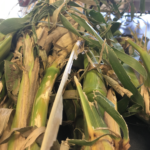
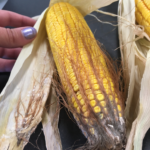
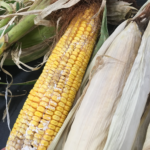
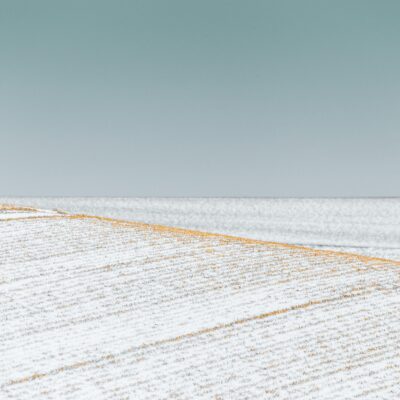
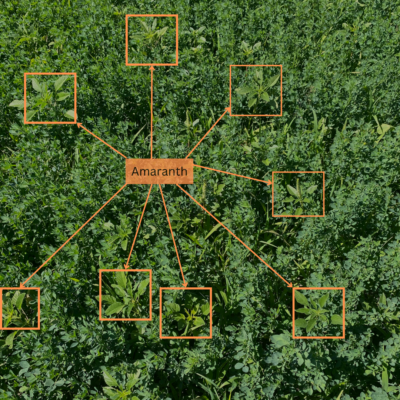
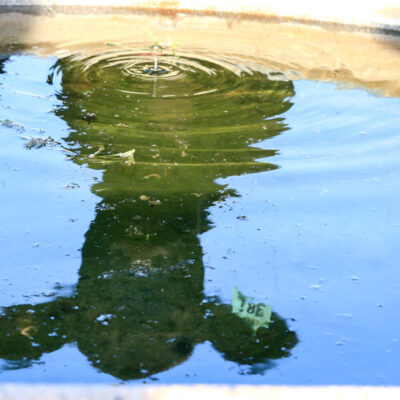

[…] in other blogs including: Do I Need to Test for Nitrates?, 6 Cautions When Grazing Cover Crops, and 4 Considerations for Feeding Hail Damaged Forage and Crop Residues. So, for testing nitrates in sorghum and sudan grasses for grazing go into the field and cut the […]
[…] in other blogs including: Do I Need to Test for Nitrates?, 6 Cautions When Grazing Cover Crops, and 4 Considerations for Feeding Hail Damaged Forage and Crop Residues. So, for testing nitrates in sorghum and sudan grasses for grazing go into the field and cut the […]
I never took into account the fact that there can be a risk for the livestock when they are fed with crops that are damaged by hail due to the mycotoxins they can contain. In that case, it would help farmers if they can be covered by a crop hail insurance provider for such instances. They can have the assurance that they will be protected when natural disasters come to minimize the effect of those circumstances to their animals as well as their income.